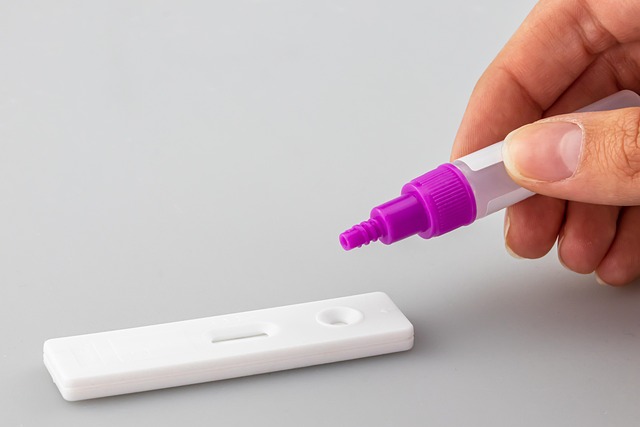The Touch of Tomorrow: How Haptic Feedback Transforms Control in Robotics and AI-driven Business Automatization
Imagine a world where technology doesn’t just respond to your commands but truly feels the pressure, texture, and nuances of the tasks it performs. This is the promise of haptic feedback, a revolutionary technology that brings a tactile dimension to robotics and artificial intelligence. In the realm of control systems, haptic feedback bridges the gap between human intuition and machine precision, transforming business automatization into a more fluid, responsive, and intelligent process.
Enhancing Robotics with a Sense of Touch
For decades, robotics has been about replicating human movement and function. However, most robots lacked the ability to “feel” their environment. Enter haptic feedback—a technology that enables robotic systems to receive sensory input related to touch and force. This allows robots to adjust grip strength, sense obstacles, and interact with delicate objects with unprecedented finesse.
Robots equipped with haptic feedback gain a new layer of sensitivity that mirrors human touch. This capability is critical for applications ranging from precision manufacturing to medical surgery. The feeling of resistance or softness sensed through haptic feedback empowers robots to make real-time adjustments, improving both safety and efficiency in diverse environments.
Artificial Intelligence Meets Haptic Sensation
The integration of artificial intelligence (AI) amplifies the potential of haptic feedback. AI algorithms process the sensory data from haptic sensors, learning from each interaction and optimizing the robot’s responses. This iterative learning process enhances automation systems, making them smarter and more adaptable.
AI-driven control systems can predict necessary adjustments based on tactile input, delivering smoother operation and greater precision. Whether it’s a robotic arm handling fragile goods in a warehouse or a service robot assisting customers, haptic feedback married to AI creates an environment where machines “understand” touch like never before.
Automatization in Business: Beyond Efficiency to Sensory Awareness
Business automation traditionally focuses on speed, accuracy, and cost savings. However, adding haptic feedback to AI-driven systems propels automation beyond these conventional goals. Businesses now implement solutions that not only perform tasks but also perceive and adapt to the nuances of their operational environment.
For example, automated logistics solutions equipped with haptic sensors can detect when a package is fragile, adjusting handling techniques instantly. Customer service robots can respond to physical cues, offering more personalized interactions. In manufacturing, haptic feedback ensures quality control by sensing defects that might be invisible to cameras alone.
The Emotional Connection to Control
Control is about more than just command—it’s about connection. Haptic feedback allows users to feel that connection on a deeper level, reintroducing a sense of touch in an increasingly digital and automated world. Through this tactile link, humans can guide machines with empathy and precision, fostering trust in automated systems.
In the context of business automatization, this sensory bridge helps businesses maintain a human touch, even as they scale operations through AI and robotics. It makes automation feel less like a cold, mechanical force and more like a collaborative partner capable of nuanced interaction.
Haptic feedback isn’t just a technological advancement; it’s a paradigm shift in how we control and interact with machines. By giving robots and AI systems a sense of touch, we’re enabling smarter, more intuitive, and ultimately more human-centered automation solutions.




